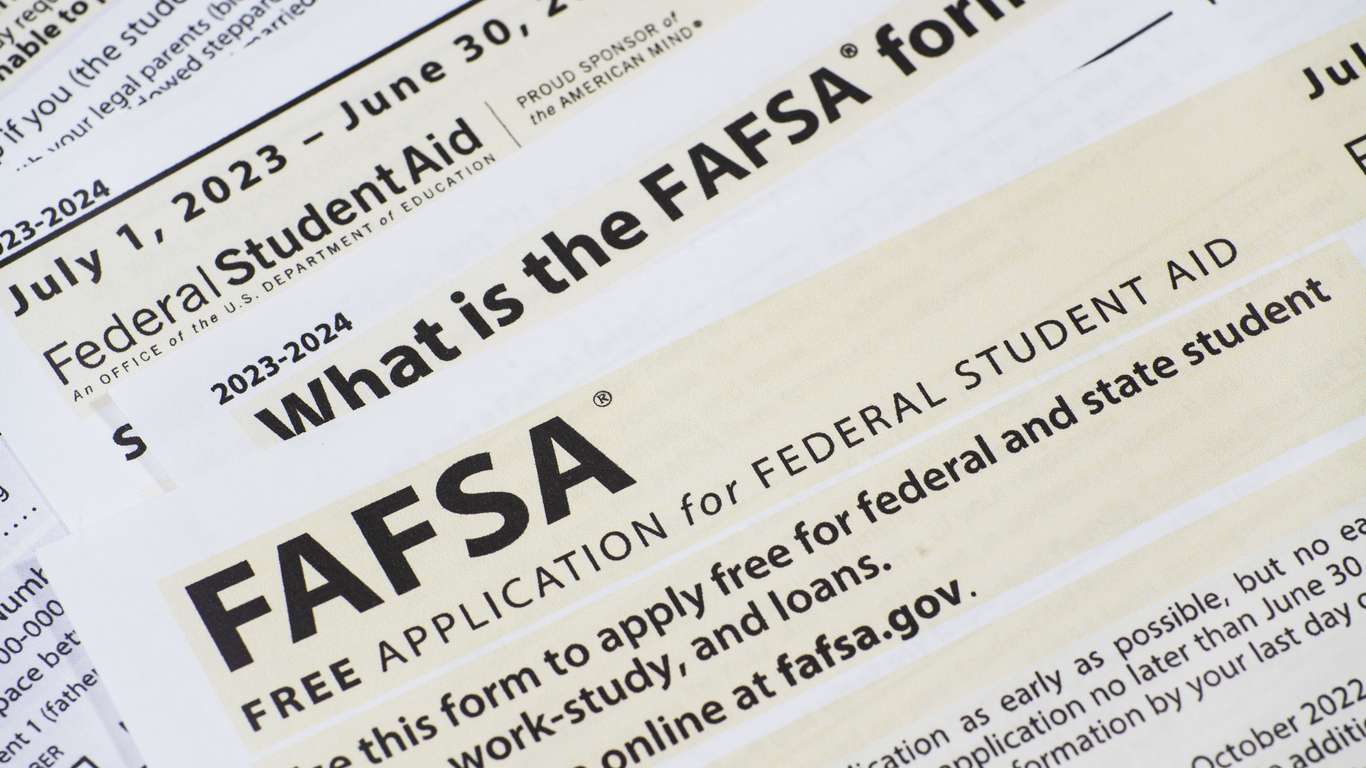With thousands of high school graduates currently navigating their future education and career path, there is no better time to complete the Free Application for Federal Student Aid (FAFSA) – the application for federal financial aid including grants, loans, work-study opportunities and scholarships for college or career school. In many cases, the FAFSA is also used to determine eligibility for state and college financial aid along with private scholarships.
While the clock is ticking on securing financial aid, many colleges have extended deadlines to ensure students have the time and resources necessary to successfully submit their information. This, along with key changes designed to simplify the FAFSA, means students can spend less time on paperwork and more time focusing on their future.
Key changes to the 2024-2025 FAFSA:
- Simplified form: The number of questions has been significantly reduced, making it easier and faster to complete.
- Expanded Pell Grant access: More students will be eligible for Pell Grants due to changes in the eligibility criteria.
- Updated definition: The term “contributor” now encompasses anyone providing information on the FAFSA, including parents, stepparents and spouses.
- Streamlined data sharing: The FAFSA will automatically use tax information from the IRS, reducing the need for manual input.
- Extended deadlines: Deadlines for filing the FAFSA have been extended, giving students more time to complete the application.
“First and foremost, we want to reassure students and parents that there is still time to file the FAFSA to potentially unlock education funding that can lessen the financial burden of college or career school,” said Angela Greenlay, director of student success at ECMC. “The new, simplified form often takes less than an hour to complete – a small investment that has the potential to pay off big throughout a student’s education journey.”
Any student, regardless of income, who wants to be considered for federal, state and school financial aid programs including grants, scholarships, work-study funds and loans, should complete the FAFSA.
Things to know:
- Don’t assume you won’t qualify for financial aid – Virtually every student is eligible for at least one type of federal student aid, but you won’t know unless you submit the FAFSA form. According to a recent report from NCAN, the class of 2023 left more than $4 billion in Pell Grants on the table due to not filing the FAFSA.
- FAFSA deadlines have been extended, many through August – Contact the financial aid office at your selected schools regarding timelines for submission and visit studentaid.gov for more information regarding deadlines.
- List all the colleges or career schools where you are applying for admission – Your FAFSA information will be shared only with those colleges you specify on your application.
- Check your email often – Colleges will be sending financial aid offer letters that will include the amount of aid you are eligible to receive.
- Reach out if you need help – Contact your school’s financial aid office for assistance or call the FAFSA Helpline at 1-800-4-FED-AID (1-800-433-3243).
Don’t delay, go to studentaid.gov now to file your FAFSA. Education beyond high school is a great investment. All options are worth considering, whether it’s obtaining a credential to get into the workforce quickly or choosing a degree path that takes a bit more time, FAFSA is one of the key steps to start pursuing your dreams.
By: Brandpoint









